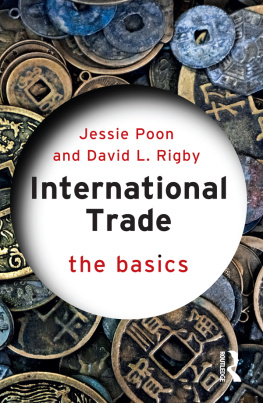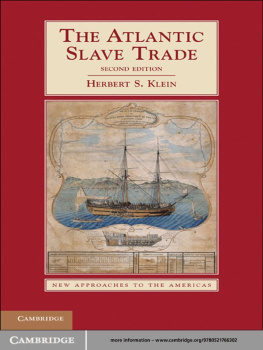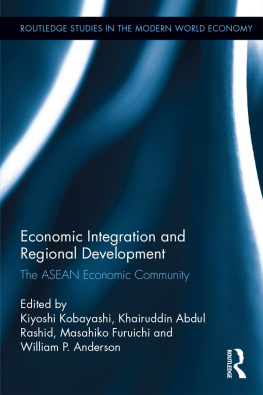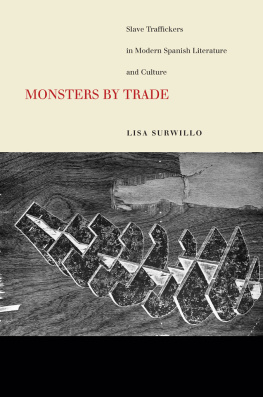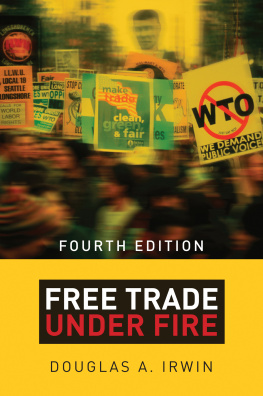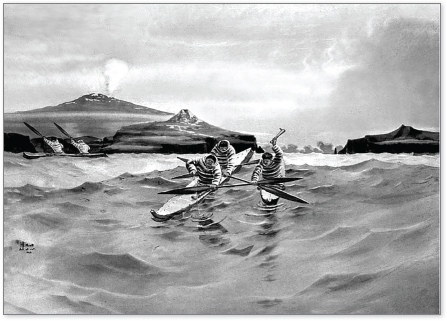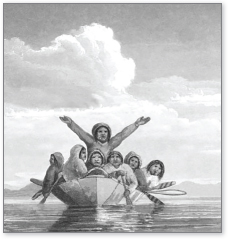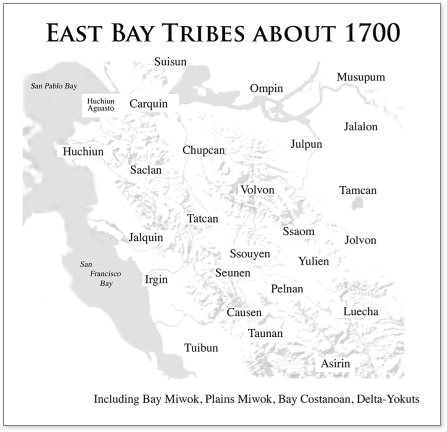David A. Bainbridge - Fur War: The Political, Economic, Cultural and Ecological Impacts of the Western Fur Trade 1765–1840
Here you can read online David A. Bainbridge - Fur War: The Political, Economic, Cultural and Ecological Impacts of the Western Fur Trade 1765–1840 full text of the book (entire story) in english for free. Download pdf and epub, get meaning, cover and reviews about this ebook. year: 2020, publisher: Rio Redondo Press, genre: Business. Description of the work, (preface) as well as reviews are available. Best literature library LitArk.com created for fans of good reading and offers a wide selection of genres:
Romance novel
Science fiction
Adventure
Detective
Science
History
Home and family
Prose
Art
Politics
Computer
Non-fiction
Religion
Business
Children
Humor
Choose a favorite category and find really read worthwhile books. Enjoy immersion in the world of imagination, feel the emotions of the characters or learn something new for yourself, make an fascinating discovery.
- Book:Fur War: The Political, Economic, Cultural and Ecological Impacts of the Western Fur Trade 1765–1840
- Author:
- Publisher:Rio Redondo Press
- Genre:
- Year:2020
- Rating:5 / 5
- Favourites:Add to favourites
- Your mark:
Fur War: The Political, Economic, Cultural and Ecological Impacts of the Western Fur Trade 1765–1840: summary, description and annotation
We offer to read an annotation, description, summary or preface (depends on what the author of the book "Fur War: The Political, Economic, Cultural and Ecological Impacts of the Western Fur Trade 1765–1840" wrote himself). If you haven't found the necessary information about the book — write in the comments, we will try to find it.
The animal fur trade played a key role in the development and ultimate ownership of lands and resources on the West Coast of North America. Yet it is often neglected in histories and understanding of the west. In California classrooms it is skipped almost entirely.
The players in this complex conflict included Russia, Great Britain, America, France, Spain, Mexico, Hawaii, and the many First Nations whose lands it had been. At times the fur trade was incredibly profitable and helped make some men and women very rich. The economic returns and taxes also helped support governments.
More often, the fur trade led to suffering, abuse, death, and despair for the sailors, trappers, and fur traders involved. The most profitable period was very short; but the lasting impacts have been severe for the First Nations whose lands were invaded and for the ecosystems that were stripped of sea otter beaver.
Abuse and conflicts led to resistance and warfare that in some cases decimated local communities. Massacres took place, but more often it was not deliberate. The natives were needed to collect furs, but they had little or no resistance to introduced diseases. Beginning at first contact with explorers, a series of epidemics of smallpox, malaria, influenza, syphilis and other diseases swept through the region. A times these killed 50-90% of the people in tribal groups and visitors found only skulls and bones.
The intermittent fever of the 1830s was accidently spread by the Hudsons Bay Company trappers. It was particularly destructive in Oregon and California. The death of so many native people led to social disruption in even the strongest tribal groups. Many tribes and tribelets were gone before they were noted in a journal or placed on a map. But some survived and they have recovered in population and spirit. Efforts are being made to save, recover, and use native languages.
The impacts from the fur trade are still seen today along the coast and rivers of Alaska, Canada and the American west. Many groups and institutions are working to restore these ecosystems, and everyone can play a part.
David A. Bainbridge: author's other books
Who wrote Fur War: The Political, Economic, Cultural and Ecological Impacts of the Western Fur Trade 1765–1840? Find out the surname, the name of the author of the book and a list of all author's works by series.



